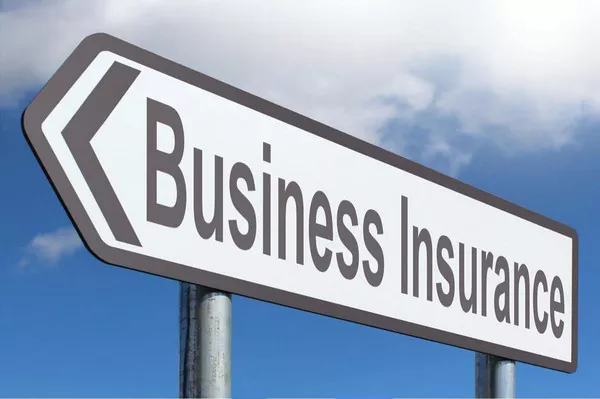In today’s competitive business landscape, professionals from various industries face the ever-present risk of lawsuits and claims arising from errors, omissions, or professional negligence. To mitigate these risks and safeguard their reputation and financial stability, acquiring professional liability insurance is an essential step. This article aims to provide a comprehensive guide on how to obtain professional liability insurance, outlining key considerations, steps to follow, and tips to navigate the process successfully.
1. Understanding Professional Liability Insurance:
Professional liability insurance, also known as errors and omissions insurance (E&O), is a specialized insurance coverage that protects professionals and their businesses from claims resulting from their professional services. It provides financial protection in case of lawsuits alleging negligence, errors, omissions, misrepresentation, or failure to deliver professional services as promised.
2. Assessing Your Coverage Needs:
Before diving into the process of obtaining professional liability insurance, it is crucial to assess your specific coverage requirements. Factors to consider include:
a. Industry and profession: Different professions have varying liability risks and coverage needs. Identify the specific risks associated with your industry and profession.
b. Claim history: Evaluate any past claims or legal actions against you or your business, as this may impact your eligibility and premiums.
c. Policy limits: Determine the appropriate coverage limits based on potential damages and legal expenses that could arise from a lawsuit.
d. Per-claim vs. aggregate limit: Understand the distinction between per-claim and aggregate limits, as they determine the maximum amount the insurer will pay for individual claims versus multiple claims within a policy period.
e. Additional coverage options: Consider additional coverage options such as cyber liability insurance or employment practices liability insurance if applicable to your profession.
3. Researching Insurance Providers:
Once you have identified your coverage needs, it’s time to research insurance providers. Consider the following factors when evaluating potential insurers:
a. Reputation and financial stability: Look for insurers with a solid reputation, strong financial ratings, and a history of paying claims promptly.
b. Industry expertise: Seek insurers that specialize in professional liability insurance for your specific profession or industry, as they will have a better understanding of your unique risks.
c. Policy features and exclusions: Review policy features, including coverage scope, exclusions, deductibles, and any optional endorsements available.
d. Premium costs: Compare premiums from multiple providers to ensure you receive competitive pricing. However, remember that the cheapest option may not always offer the most comprehensive coverage.
4. Requesting Insurance Quotes:
Contact several insurance providers to request quotes based on your coverage requirements. Ensure you provide accurate and detailed information about your profession, business activities, and any prior claims history. This will help insurers accurately assess your risk profile and provide appropriate quotes.
5. Evaluating and Comparing Quotes:
Once you receive multiple quotes, carefully evaluate them to understand the coverage provided, policy limits, deductibles, and premium costs. Pay attention to any variations in policy terms and conditions, as well as any additional benefits or services offered by the insurer.
6. Seeking Professional Advice:
Consider seeking advice from an insurance broker or agent who specializes in professional liability insurance. They can help analyze the quotes, clarify any policy language, and guide you towards the best coverage options for your needs.
7. Applying for Coverage:
After selecting an insurance provider, complete the application process. The insurer may require supporting documentation, such as business licenses, resumes, or proof of professional qualifications. Be prepared to provide any necessary information promptly.
8. Underwriting Process:
Upon submission of your application, the insurer will review your information, conduct underwriting assessments, and evaluate your risk profile. This may include analyzing your claims history, verifying your qualifications, and assessing your business operations. The underwriting process typically takes several days to weeks.
9. Policy Issuance and Binding Coverage:
If your application is approved, the insurance company will issue a policy. Carefully review the policy documents to ensure they accurately reflect the coverage you applied for. Once you accept the policy terms and pay the premium, the coverage will become effective as per the policy’s start date.
Conclusion:
Obtaining professional liability insurance is a critical step in protecting professionals and their businesses from potential lawsuits and claims. By understanding your coverage needs, conducting thorough research, evaluating quotes, and seeking expert advice when necessary, you can navigate the process successfully and secure appropriate coverage that safeguards your professional reputation and financial stability. Remember, professional liability insurance acts as a safety net, providing peace of mind as you focus on delivering exceptional services to your clients.


